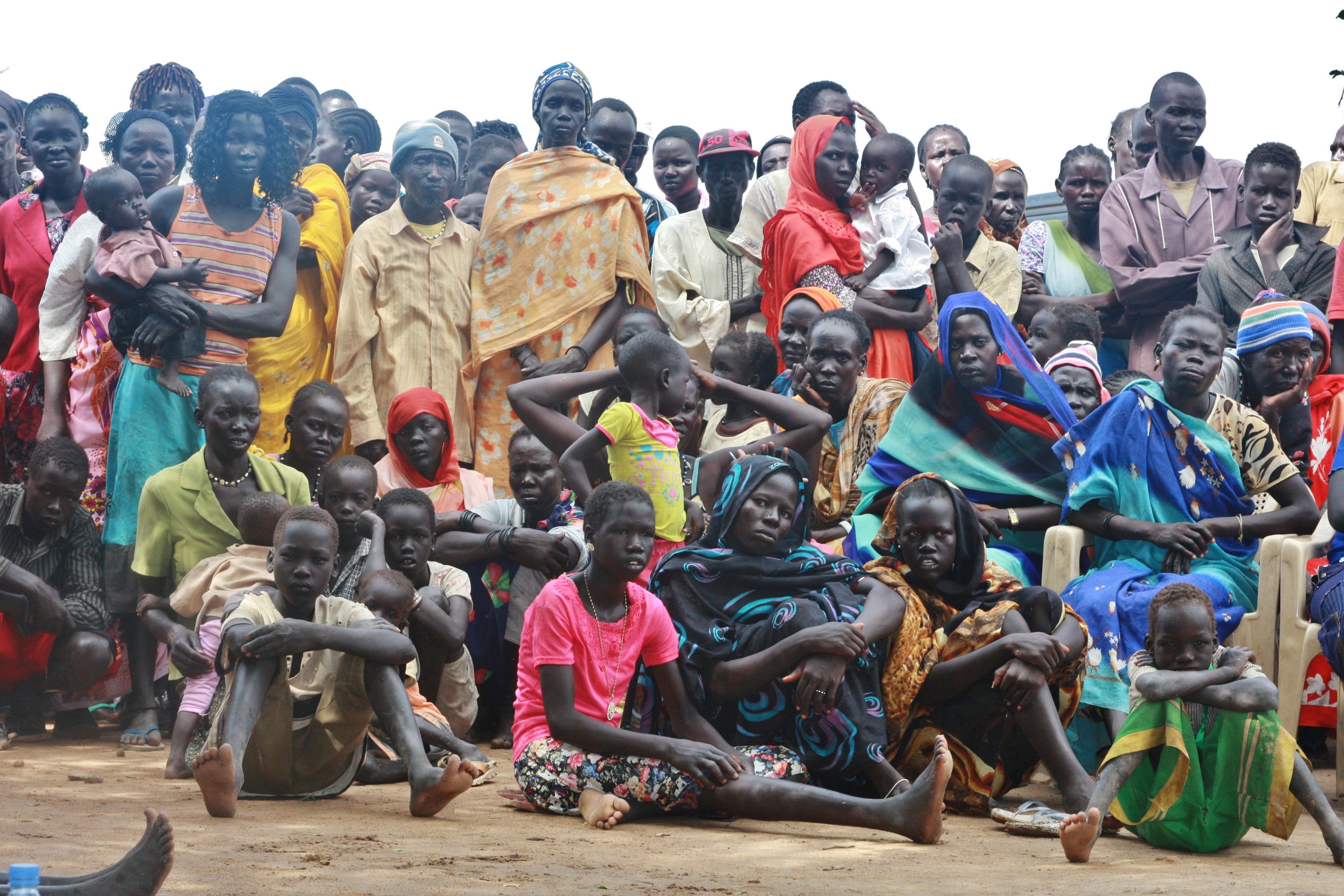The humanitarian consequences of the May 21 attack have been dire, with tens of thousands displaced just as the rainy season begins. Among them is Makoj Deng Chol, whom I met in Wau, about 150 miles south of Abyei. To my eye he looked to be around 10. But hitching his oversized suit pants up around his waist, he assured me he is 15. As we began to talk, Chol said his clothes - the suit pants and a mud-splattered blue polo shirt - were the same ones he was wearing when he fled from Agok. “Agok?” I checked with my translator. “Yes, Agok” my translator replied.
Agok is a small town about 20 miles southwest of Abyei town and was not attacked during the seizure of Abyei. But this was not the first time I had heard of people fleeing Agok. Other displaced had said the same thing. They had been living in Agok and fled further south when they heard there was violence in Abyei. Yet others say they sought safety first in Agok, and then set off on the run again after rumors circulated that the Sudanese government was coming to take Agok next.
The rumored attack never came and on May 25, the Sudanese Armed Forces destroyed the bridge that forms the one connection over a river (known as Kiir in Dinka and Bahr al Arab in Arabic), to link Abyei by road with Agok. Now, southern officials are hoping to convince the population, who have fled to Turalei, Wunrok, Mayen Abun and Wau – all areas further south, to return to Agok.
When the rumors about Agok circulated, aid organizations in Agok, with the exception of MSF, relocated their international staff southwards. During a meeting at the interim premises of the southern segment of the Abyei administration in Agok on May 28, southern official, Deng Arop, argued that the aid organizations should return and that Agok should become the center of humanitarian services for the displaced.
Arop was the Chief Administrator of the Abyei area in a joint north-south administration that Sudanese president Omar al-Bashir unilaterally disbanded after his forces seized Abyei. “I would like to mention that I still remain the Chief Administrator” began Arop, explaining that al-Bashir’s decision to disband the Abyei administration without consulting Salva Kiir, the Sudanese Vice President and President of South Sudan, was illegal.
Arop made his best pitch to the UN official who was present. Agok, he said, was agriculturally productive. “If you draw people here now they will be able to plant by next year. It will avoid getting them into a cycle of dependency on aid” he said. Moreover, the destruction of the bridge showed that the Sudanese government had no intention of coming further south. “The UN does not need to worry they will be operating in a war zone.”
The UN official said he would convey the message to headquarters. But Arop had not yet covered all bases. “People may be worried about the security here” he said, casting his eye out the window towards a small group of southern soldiers. There is currently a significant presence of southern police and soldiers in Agok. “What I must tell you is that we will be very careful. The food will go to those most vulnerable. The police and the SPLA have their own food rations” he said.
People follow services. If there are no services in Agok, then the population will remain further south. And the subtext of the meeting was that if they get services further south, they may not come back. By contrast, if Agok is turned into a humanitarian hub, then the people will follow. What Arop referred to as a kind of “Abyei 2” will form in Agok and, should the Sudanese government withdraw from Abyei, there will be a population of Ngok Dinka close at hand to repopulate the contested town.
Seen in this way, the choice of where to base humanitarian operations for those displaced from Abyei is not just a logistical one. At a time when a leaked UN report warns that the attack on Abyei "could lead to ethnic cleansing, if conditions for the return of the displaced Ngok Dinka residents are not created." it is also deeply political decision.
